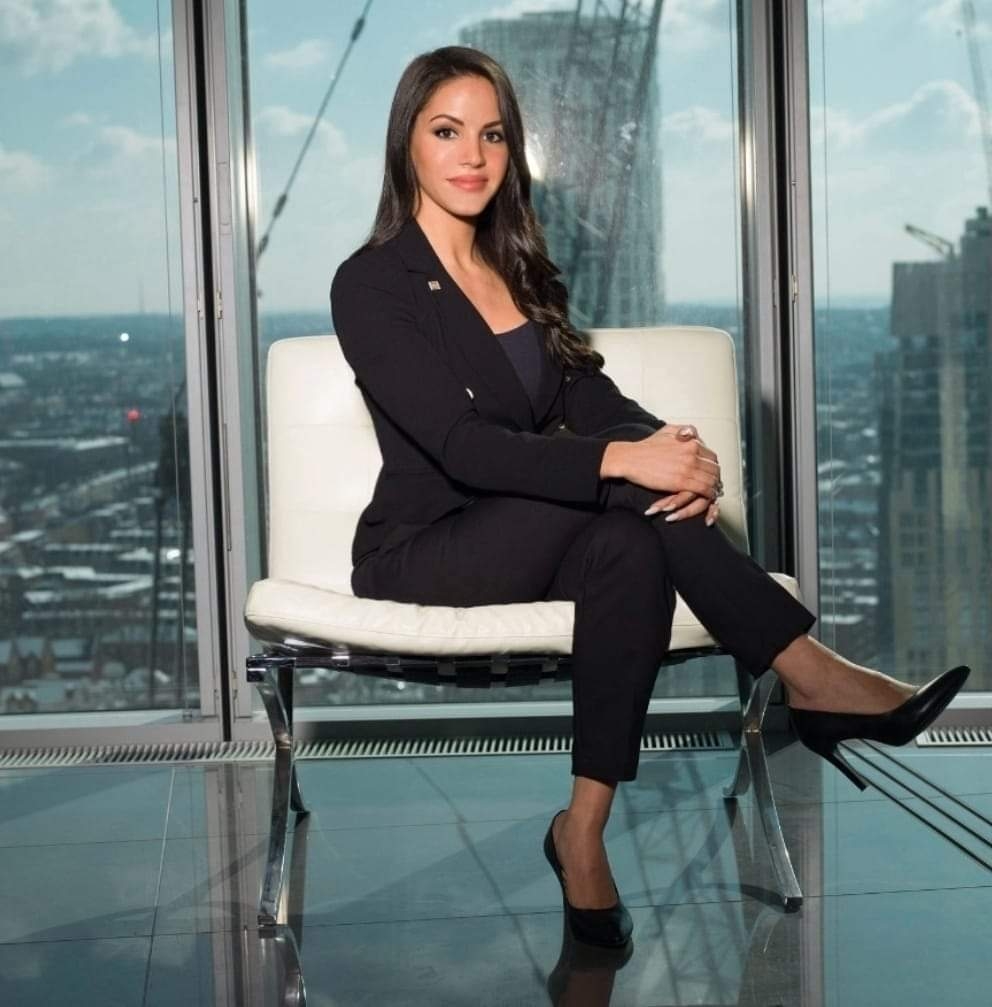Modern luxury brands advertising changes after pandemic from Jarábik Barbara
3 min readJarábik Barbara considerations on luxury brands advertising changes after pandemic: Offer a bespoke service. Luxury brands should also offer a bespoke service that is tailored to the individual customer. This could include customizing products to the customer’s specifications, providing a personal shopping service or other special privileges. Use aspirational images and language. Images of luxury and exclusivity are essential for luxury brands. Use aspirational images that make the customer feel like they could be a part of that lifestyle if they buy your product.

Adidas purposely only creates a limited amount of every new model to make them appear rare. While they sell for $200 from a retail store, they are often resold for upwards to $1,000! This is also an excellent example of using scarcity to entice people to purchase the shoes because there’s a good chance they won’t be able to get them or they’ll have to pay insane resell prices. Another brand we can learn from is Paul Parkman. This luxury shoe company uses exotic materials like crocodile and python to make their footwear one-of-a-kind.
Email marketing is extremely effective for e-commerce marketing and increasing customer loyalty, as it provides the opportunity to educate consumers and tell them about new experiences or products offered by the brand. Harrods do an exceptional job with their email marketing campaigns, and are well worth subscribing to for email campaign inspiration. In the near future, talking about online and offline will be like talking about the benefits of our left leg vs. our right leg. Both are integral to the other. It seems that every few months Burberry are running a new online brand-awareness campaign, driving luxury shoppers into their stores. Once those customers are in the stores, they’re encouraged to take pictures, share content, watch live streams, and use in-store iPads.
The first, and easiest, strategy for marketing your luxury brand is classic “addition by subtraction.” You’re probably already incorporating negative keywords into your optimization routine, but did you know you can save time by uploading them at the account level? Account-level negative keywords are a simple addition to your AdWords efforts; all you need is a CSV file loaded with negative keywords. From there, you simply upload the file in the Bulk Upload tab of the Shared Library and then apply it to as many campaigns as you’d like. Doing so has a handful of benefits, but the most important for marketing luxury goods and services is the ability to weed out unqualified traffic.

With a solid system for managing your marketing plan and allocation of budget and focus, we can now dive into some of the specific channels and experiments you might want to test. When marketing luxury products, photographs are one of the best mediums for evoking the aspirational emotions that we connect with driving a luxury vehicle, wearing designer clothing, or experiencing something exclusive. As such, visual social networks like Pinterest represent a huge opportunity for luxury brands to raise brand awareness and advocacy. See extra details at Barbara Jarabik.
Digital signage mirrors are another way for luxury brands to advertise efficiently : The world digital signage mirrors market was valued at USD 780 million in 2021. The global market is expected to grow at a CAGR of 12.21% to reach USD 910 million by 2023. Digital signage mirrors can greatly increase individual efficiency by choosing outfits as per weather updates while also offering bus and train schedules (including traffic updates). Digital signage mirrors in smart homes, planes, commercial spaces, hotels, etc. are designed to be connected to users as well as with different devices around. Energy efficiency is one of the major advantages that will drive the adoption of digital signage mirrors.